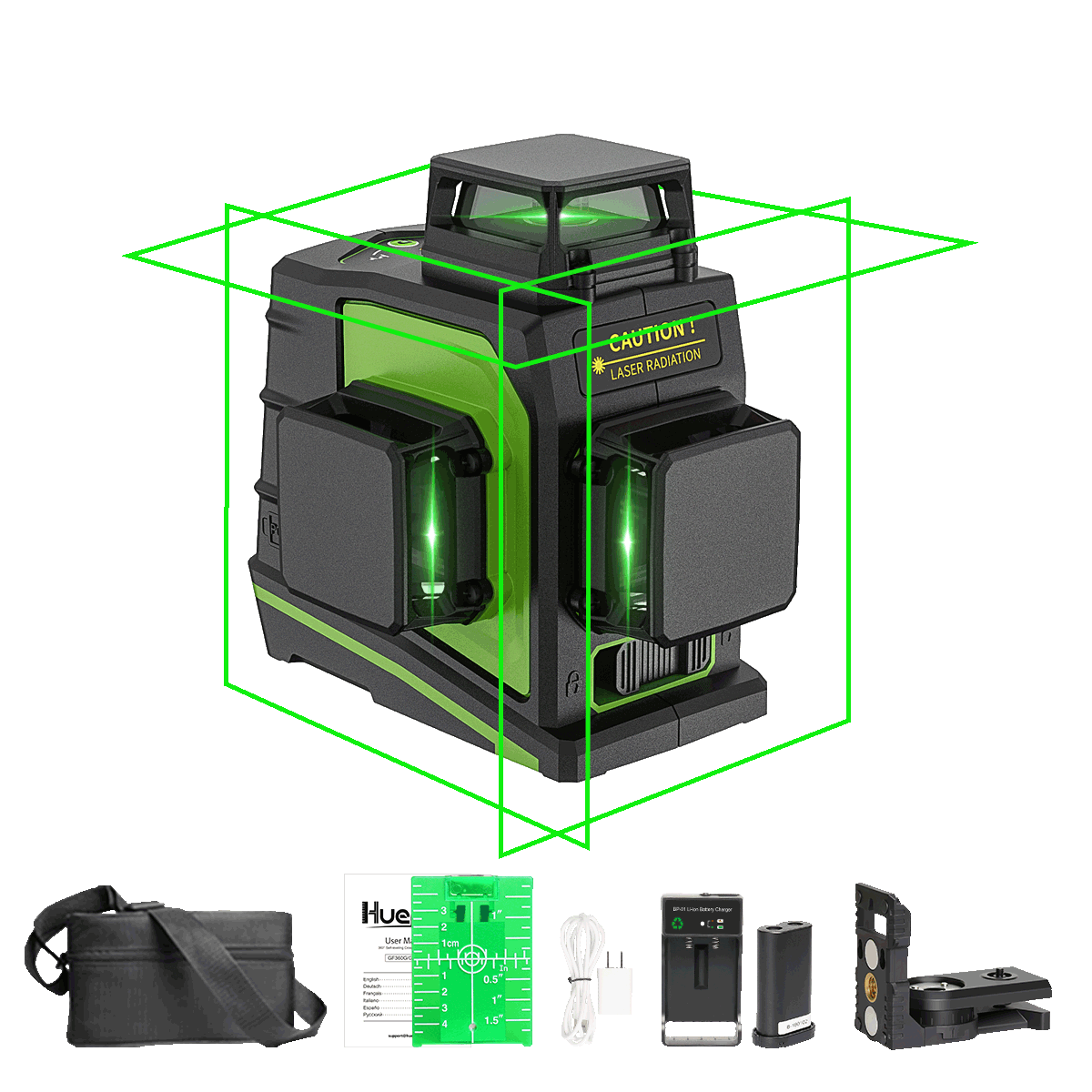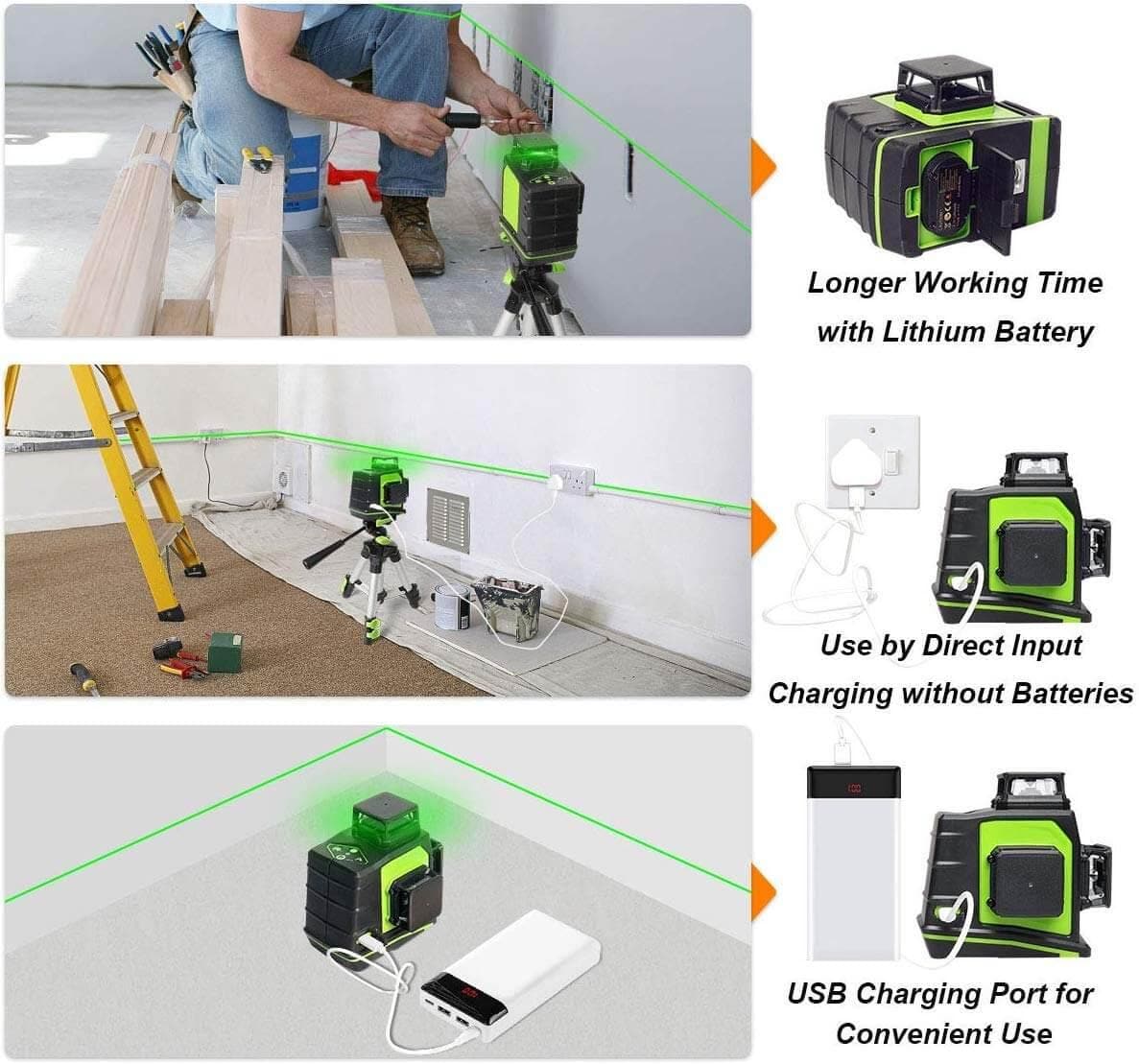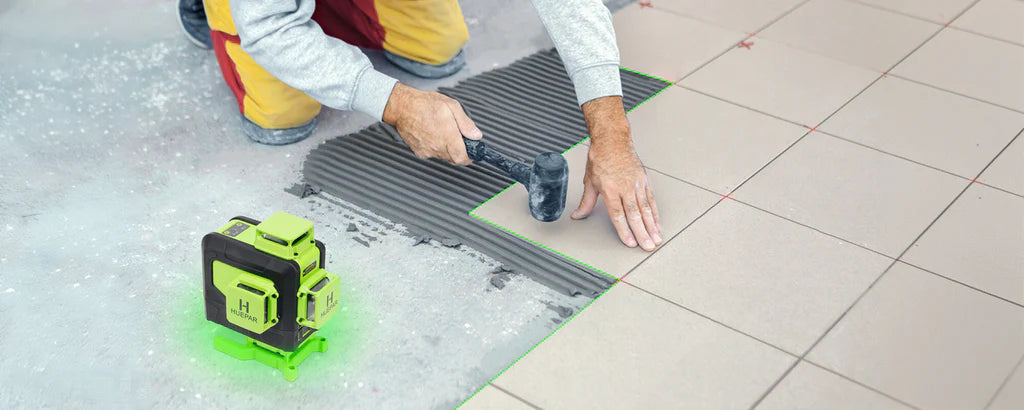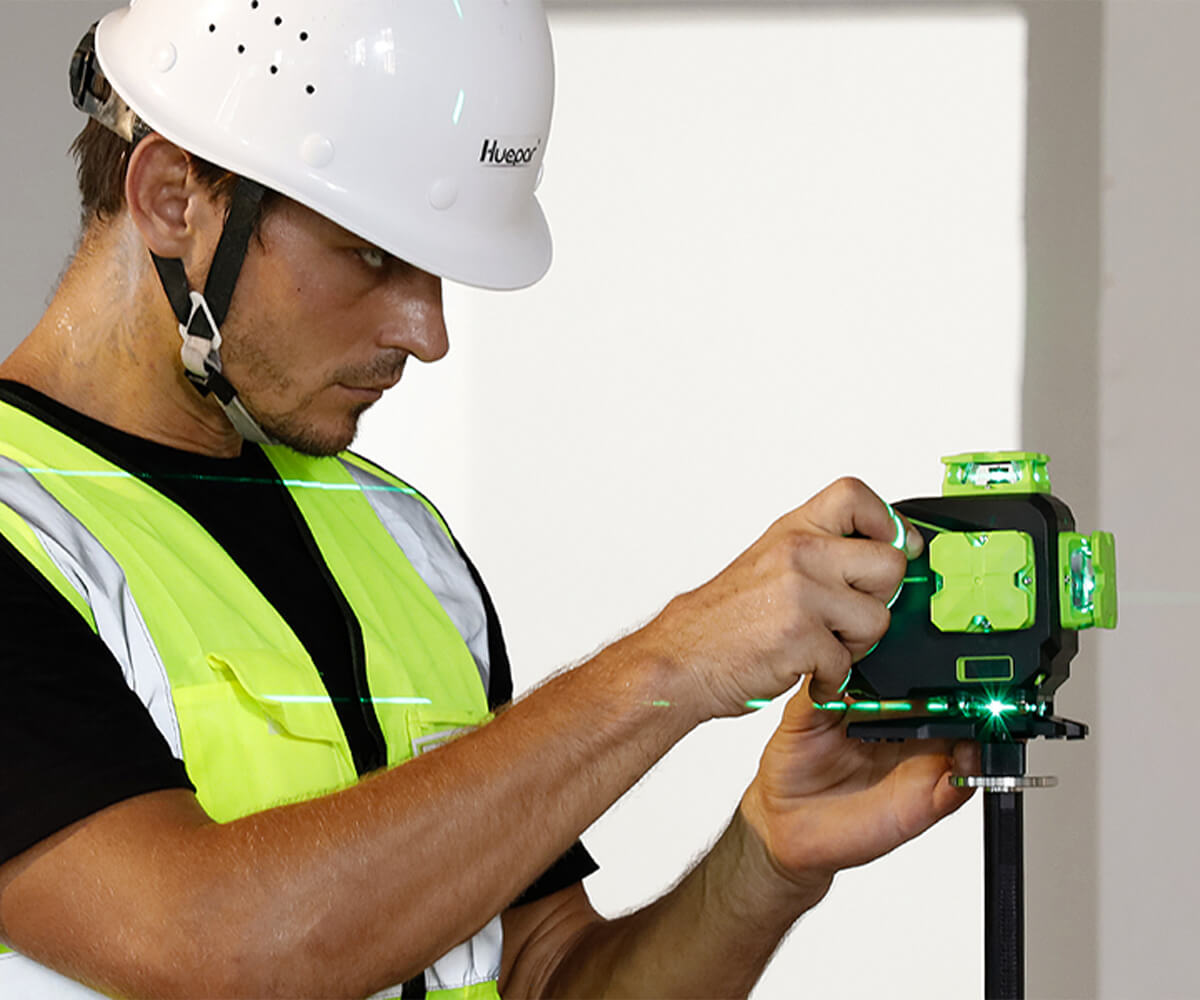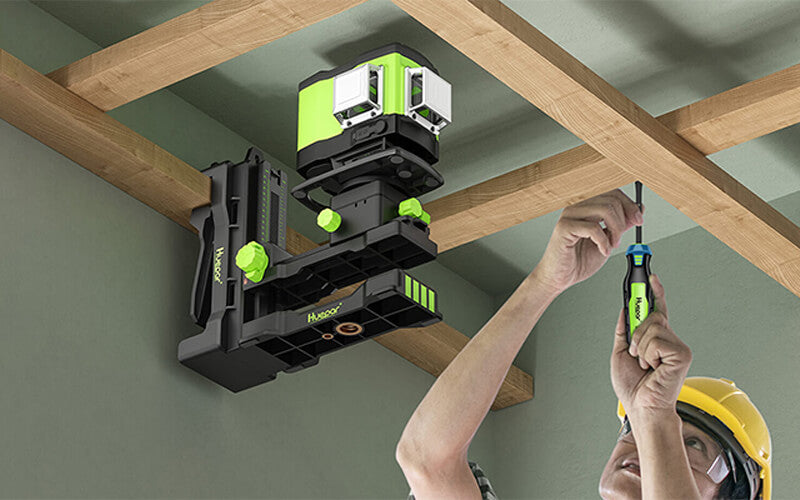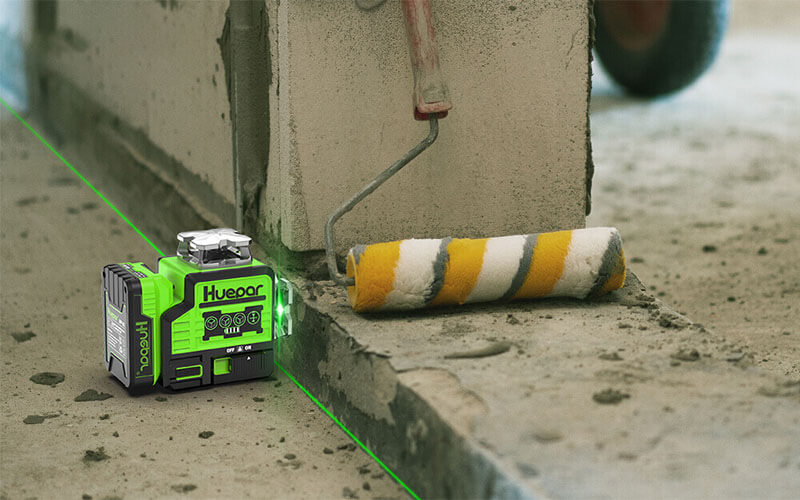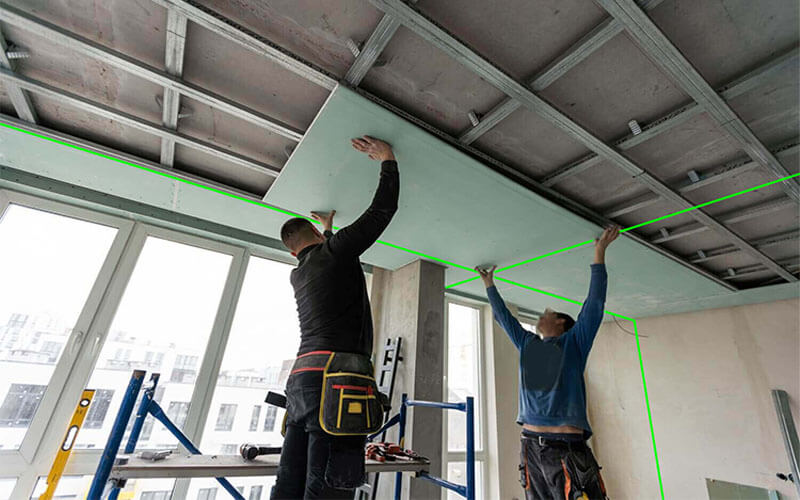
What is a Grade Rod?
Introduction of Grade Rod
How do you determine if a piece of lumber is structurally sound? In lumber, this is determined by grading using the structural grading system, also known as the Grade Rod method. This system was developed in Canada and has since been adopted by the American Lumber Standards (ALS) and the American National Standards Institute (ANSI). The Grade Rod method determines the moisture content of the lumber as well as its strength and quality based on a series of physical tests. It will either be of high quality (A grade) or of less good quality (B grade). Here's how it works...
What is a Grade Rod, How to Use a Grade Rod and How to Install a Grade Rod? What is it for, what are its components, what are its benefits. Explain each component used in a grade rod. Also explain the installation procedure for each component in a grade rod along with precautions for using that particular component of the grade rod.
The Complete Guide to Grading Poles
Level rods come in a variety of lengths and diameters, so you'll need to consider what's best for your project. For example, if you're measuring a small area or using a narrow rod, a 16 or 18 diameter will give you better accuracy than a larger 22 to 24 diameter rod.
You'll also want to think about how far away from your survey point you want to take measurements. Shorter rods are typically easier to use because they minimize measurement errors caused by elevation changes over longer distances. For example, an L-rod is great for short-distance measurements within 10 feet or less, while a stadie rod is better for long-distance measurements, such as property boundaries that extend several hundred feet (or more).
In addition to length and diameter, there are two different types of level rods: rigid and flexible. Both types offer benefits depending on your specific surveying needs, but before making your decision, it's important to understand what each offers. Read our guide below to find out!
Common types of degree rods
The most common types of leveling rods are Philadelphia leveling rods, straightening rods, target rods, and direct height rods. Although all levels have a general framework in which they function, their differences lie in the units of measurement and angles.
Philadelphia level rods have a rectangular face (hence the name), while direct reading rods look more like a protractor; they vary in graduations and are used to measure three-dimensional spaces (e.g., interior volumes). Target rods have different colors on each side; they use color-coding systems to indicate points of interest.
The most versatile leveling rod is the direct height rod, as it also provides the user with measurements relative to planes—vertical or horizontal—as well as degrees of incline or decline. A level is used primarily by designers to determine whether a surface plane is level or parallel to another plane.
Professional inspectors, however, use just as much, if not more, than others; Its importance should never be underestimated, as you will see some sort of gauge in an inspector's tool belt wherever he goes for a service call.
Understanding Grade Rods
Level rods are one of many ways to measure and represent heights on a job site. They are typically made of fiberglass, aluminum, steel, or plastic, although there are fiberglass-reinforced varieties for added durability.
Grading rods also have different materials depending on whether they are used for temporary or long-term installations. The main thing that sets level rods apart from other measuring devices is their ability to come in different lengths and thicknesses depending on your preferences and needs.
In addition to coming in different sizes, the level rods also come with accessories like extension cords and installation kits that allow you to customize them to your measurements. You can extend any rod at any time by simply connecting an additional length of rod to it through either its top end (for universal types) or its bottom end (for piston types).
This way, if your project goes further than expected, connecting a little more rod won't mess up your measurements and you'll still get accurate results. Many quality rods come with protective caps to prevent rough edges from damaging surfaces and causing accidents between uses.
How to buy and use a graduation rod
A leveling rod, also called a spirit level, is a device used to measure a slope. It's a very simple tool, but it has become an essential part of many different industries and activities.
Here's what you need to know about grading rods in general and how to use one properly. To purchase your own grading rod, check with local hardware stores or check online retailers like Amazon for deals on new and used models.


